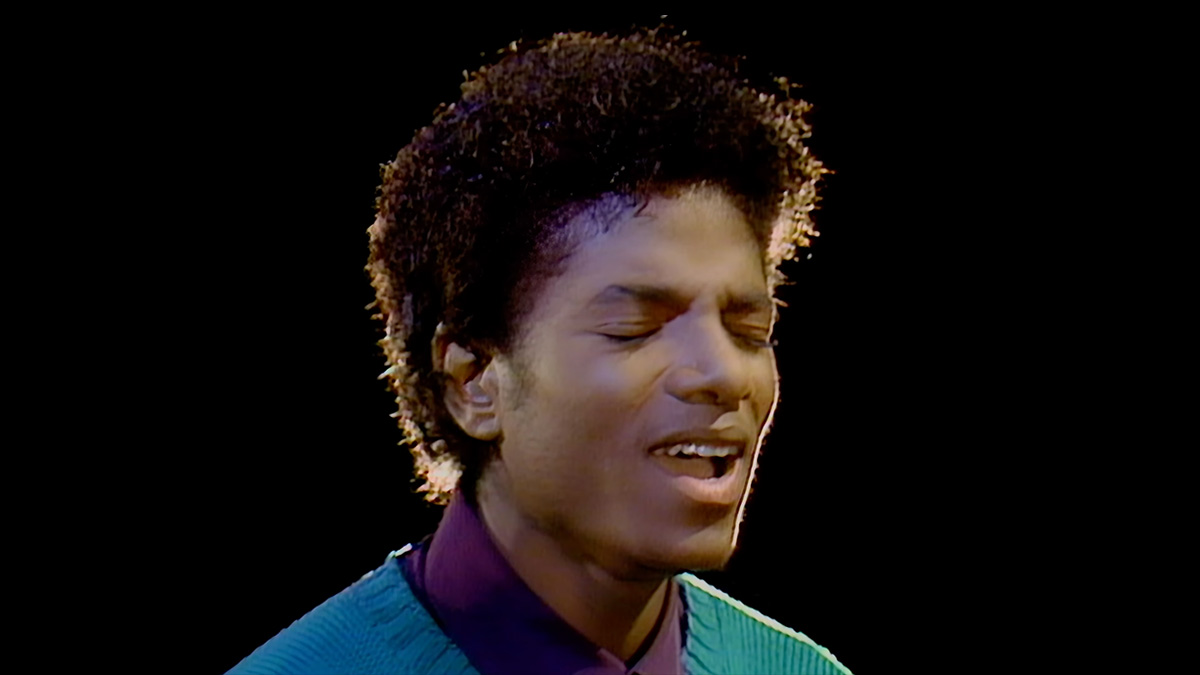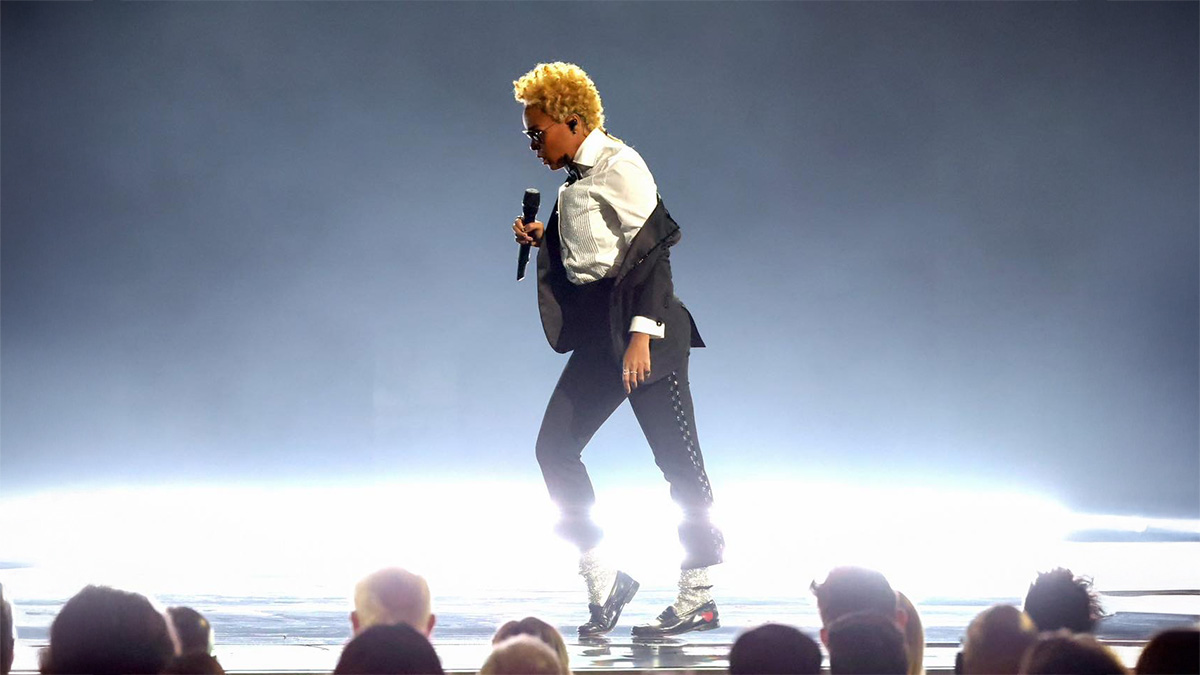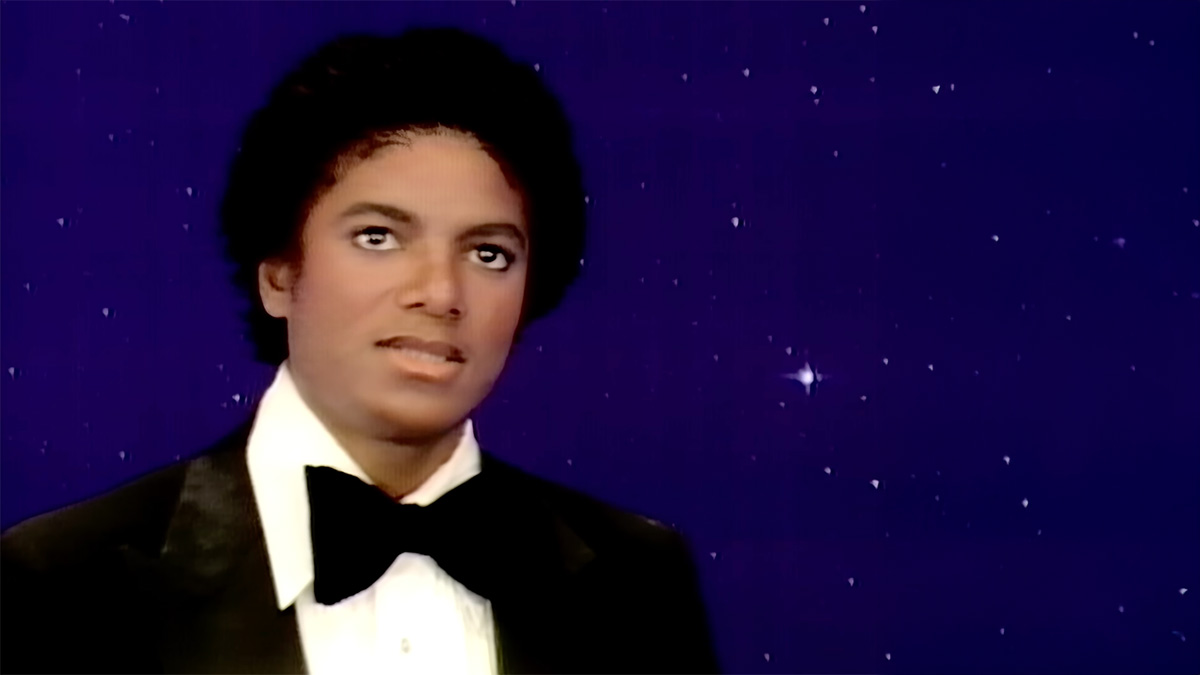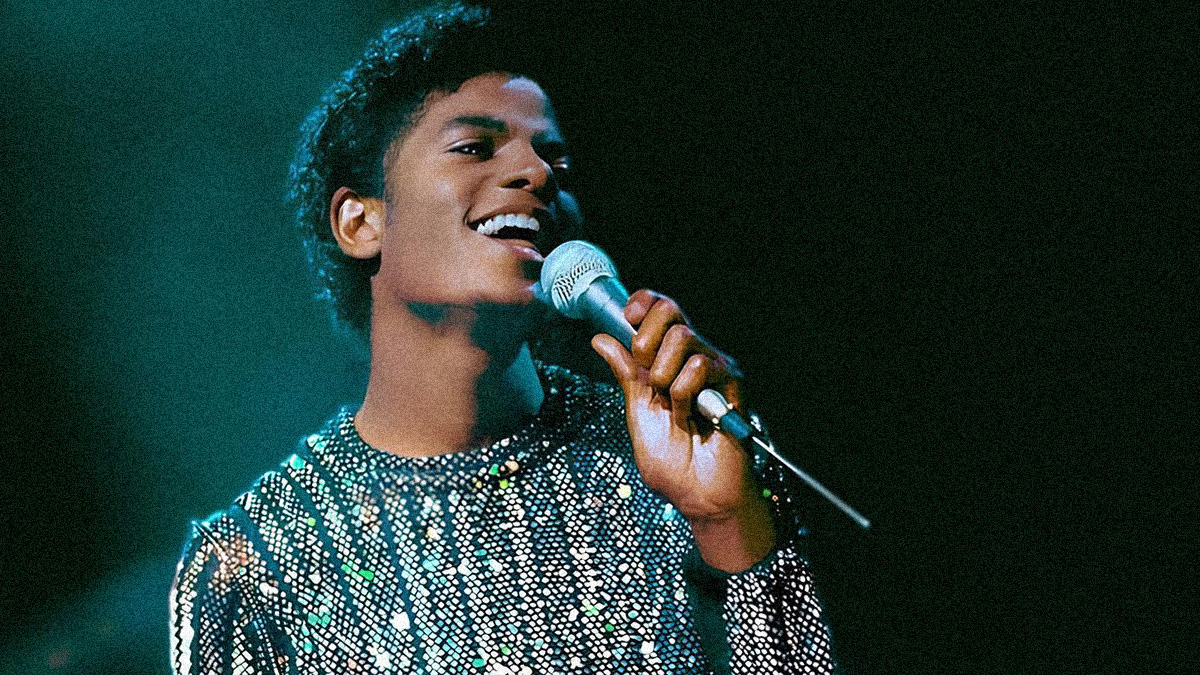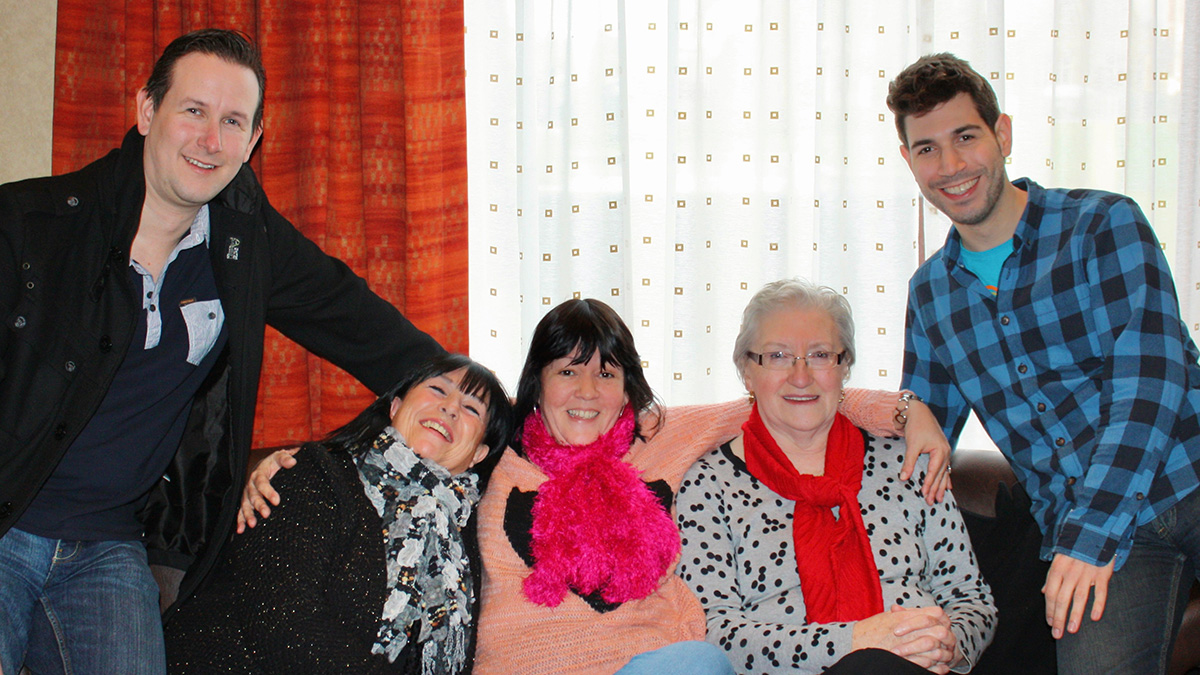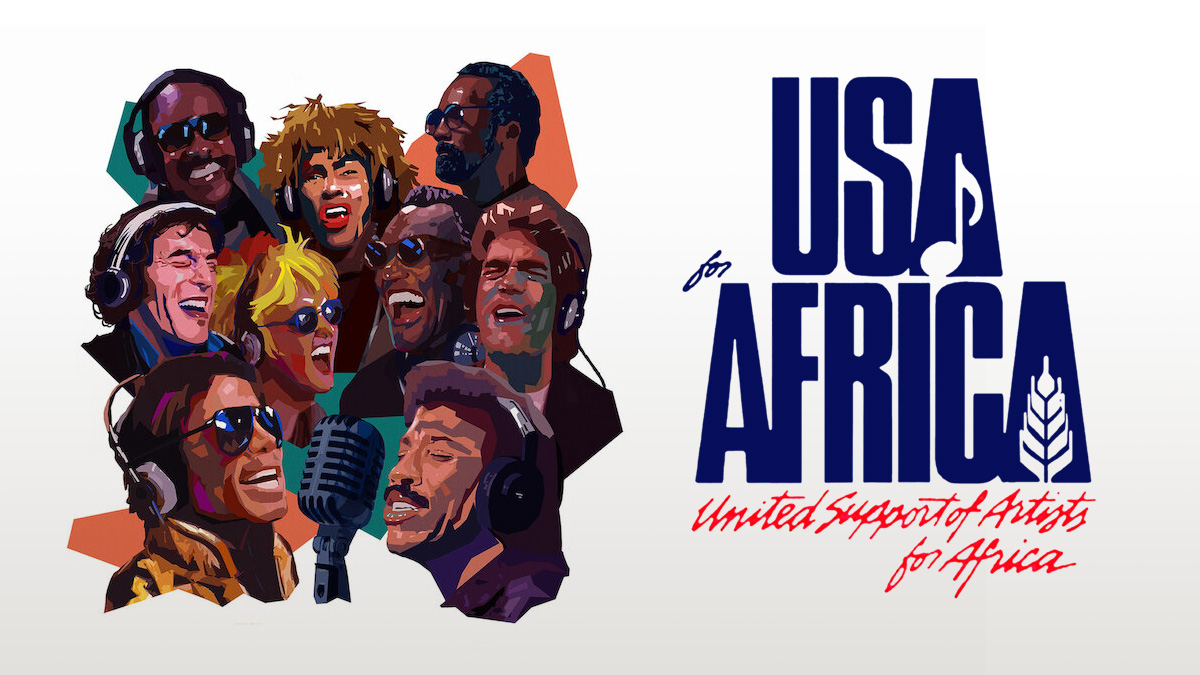Preliminary Hearing January 6th
In court again today, Richard Senneff, a fire department paramedic, continued to give evidence about his observations of Conrad Murray’s behavior, on June 25th 2009, when he responded to the 9-1-1 emergency call, from Michael’s residence.
He observed that Murray was frantic and sweating profusely. Mr Senneff asked Murray if he had given Michael any drugs, and Murray told him he had not done so. Mr Senneff, was suspicious of this answer because he observed IV lines, a hypodermic needle and vials of lidocaine in the room. It appeared to him that Michael had been dead for twenty minutes to one hour, because of the colour of his hands and feet.
Martin Blount, another paramedic, saw Murray scoop up bottles and place them in a bag. When Michael was being transferred to the ambulance, a paramedic looked back and saw Murray collecting vials and placing them in a bag also. He took so long, that the ambulance had to wait for him.
Next on the stand, were two phone company representatives, who stated that Murray had been texting and receiving multiple texts, while he should have been monitoring Michael’s progress. For example, he telephoned a number in Houston, Texas at 11.51a.m. for eleven minutes.
At 12.03, and 12.04 p.m. he also texted numbers in Texas. The calls and texts that followed were rather inconsistent with the records, until 12.05 p.m., when he telephoned Michael’s assistant for help. A phone company representative said, it is possible to retrieve text messages, but he personally did not know how it was done.
Later, further evidence about Murray’s telephone activity was heard; it seems he made eleven calls on two different phones. Three calls lasted forty-five minutes, and then he realised that Michael was not breathing. He sent or received five texts, and made a two- minute call to his girlfriend from the ambulance, as he accompanied Michael to the University of California, Los Angeles Hospital ( UCLA).
He used an iPhone and a Sprint cellphone, spending close to one hour, thirty minutes on the phone, in the five hour period, including two texts within a minute or two of seeing Michael stricken.
Doctor Michelle Cooper of UCLA Hospital attended to Michael when he arrived, and said that Michael was, ‘dead on arrival.’ Murray admitted giving him Lorazepam that morning, with no mention of the Propofol dose. He also said that he had witnessed Michael’s cardiac arrest.
Doctor Cooper stated that she had told the paramedics at Michael’s house to call the death at 12.57p.m. She tried to revive Michael for one hour and twenty six minutes, asking Murray if Michael took any recreational drugs, to which he answered, ‘No.’
Doctor Thao Nguyen also attended Michael and said that Murray never mentioned the propofol or benzodiazepine drugs doses to her, but had given Michael 4 Milligrams of adavan via IV.
It was decided to use a balloon pump to try to revive Michael, but that if it failed, the death would have to be called. She checked her watch and death was called at 1.35 p.m.
Answering questions about the use of propofol, the doctor said that the patient MUST be monitored with heart and breathing equipment during its use. She also said that sixty milligrams of Propofol would keep a patient sedated for twenty to thirty minutes, and twenty-five milligrams would last for three to four minutes.
At the end of a Preliminary hearing a judge can decide to reduce or add other charges if he considers it necessary. The next hearing will take place tomorrow, Friday, January 7th.
Source: TMZ & MJWN
 Est. 1998
Est. 1998




